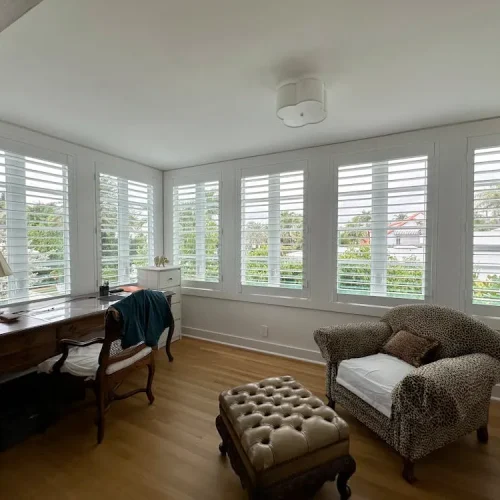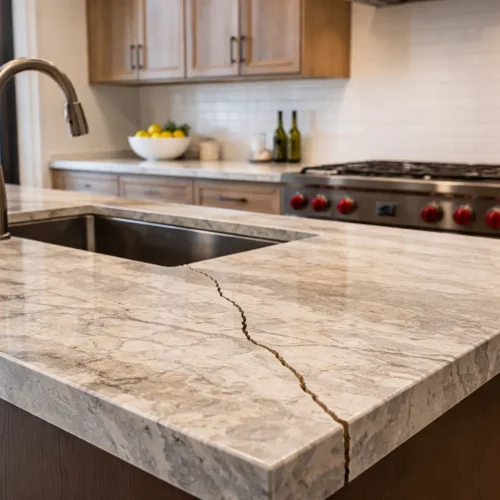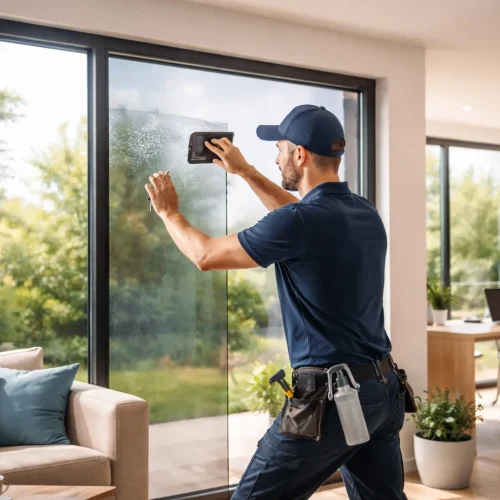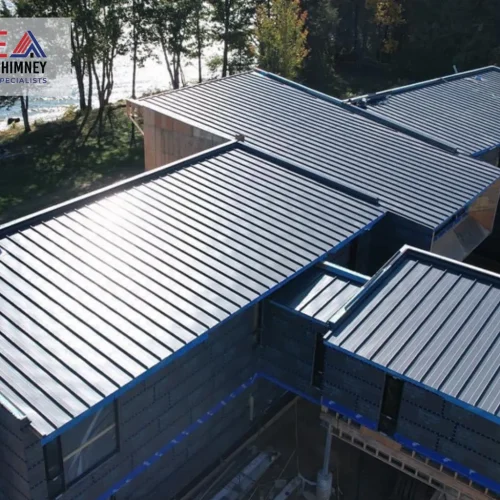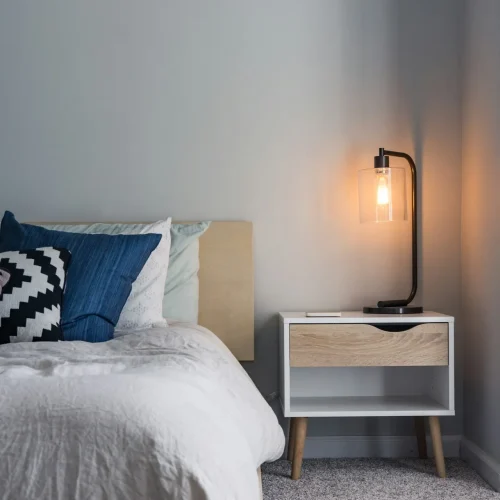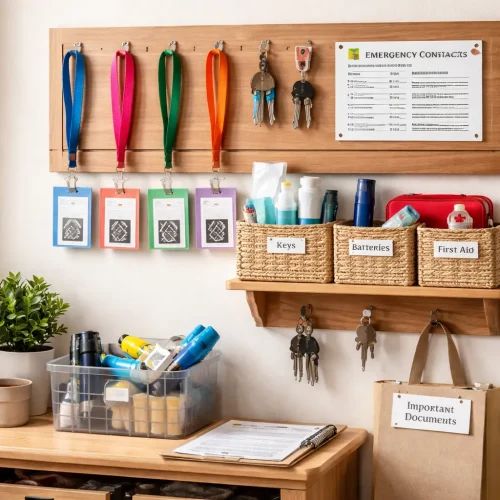
Have you ever imagined waking up in a home built just for you—every detail exactly how you want it? For many people, building a dream home is one of the most exciting goals they’ll ever pursue. But along with the excitement comes a long list of decisions and steps that require careful thought. Building a house from the ground up isn’t just about choosing tiles and paint colors—it’s about setting up your future.
We will share what to consider before building your dream home so you can move forward with confidence and clarity.
Pick the Right Location
Choosing the right location is one of the most important parts of building your dream home. It’s not just about the view or scenery; it’s about your everyday life. Is the neighborhood safe? Is it close to work, schools, and essential services? Think about how much traffic you’ll face and whether the area fits your lifestyle. Some people love being near restaurants and shops, while others want quiet and space.
Also, consider the physical characteristics of the land. Is it flat or hilly? Will it require extra work to build on it? Land with slopes or drainage issues can lead to costly fixes or delays. It’s smart to hire a professional to inspect the lot before you commit.
Define Your Vision and Style
Before you start construction, take time to clearly define your vision for the home. Think about how many bedrooms and bathrooms you need. Do you want an open floor plan, a big kitchen, or a home office? Knowing your must-haves will help guide your decisions and save time and money later.
This is also the stage to explore design themes that match your personality. Maybe you’ve saved images of homes you love or followed architecture pages online. If you’re going for a high-end custom build, look into luxury home design plans. These often include features like spacious master suites, high ceilings, and unique architectural elements that add value and character. Make sure your design reflects how you live and what you love.
Set a Realistic Budget
Creating a clear and realistic budget is key to a smooth home-building journey. Start by listing the main expenses, including land, construction, permits, fees, and materials. Don’t forget soft costs like design services, inspections, and insurance. Many people also overlook future expenses like landscaping and interior furnishings. Knowing your numbers upfront helps you avoid delays and stress once the building begins. It’s also smart to get quotes from different builders to compare costs and value.
Be sure to leave room in your budget for surprises. Things can come up—weather delays, material changes, or unexpected fixes. A good rule is to set aside at least 10% to 15% of your total budget as a buffer. Talk to a financial advisor if needed. They can help you decide if you should finance with a loan, cash, or a mix of both. Being honest about your budget helps your team offer solutions that meet your needs without breaking the bank.
Hire the Right Team
Your builder, architect, and general contractors will play a big role in how successful your project turns out. Choose people with good experience, solid references, and a style that matches your vision. Look at their past work and ask past clients about their experience. Make sure they communicate well and are easy to work with. You’ll be working closely with them for months, so trust and good communication are essential.
It’s also helpful to work with people who know the local rules and building codes. A local team—for example, if you’re in Tennessee, experienced Chattanooga architects—will understand climate issues, soil types, and regional materials that can affect your home’s quality. Ask how they handle changes or unexpected issues. A builder who’s transparent and flexible will help keep your project on track. Make sure contracts are clear and detailed so everyone understands the timeline, responsibilities, and costs.
Understand the Permitting Process
Before breaking ground, you’ll need to get the proper permits. These can vary depending on your location and the type of home you’re building. Start by checking with your city or county office. They’ll tell you what permits you need and what plans or documents to submit. Common permits include zoning approval, building permits, electrical, plumbing, and environmental permits. Skipping this step can result in fines or having to redo work.
Getting permits can take time, sometimes weeks or months. That’s why it’s important to plan early and build the timeline into your schedule. Your builder or architect may help handle this process, but it’s still smart to understand what’s happening. Be patient—permits help make sure your home is safe and up to code. It’s also a legal requirement. Taking the time to do this right can save you from costly issues later.
Think About Energy Efficiency
Building from scratch gives you the chance to make your home energy efficient from the start. This doesn’t just help the planet—it can also save you money over time. Start by choosing good insulation and windows that keep your home comfortable year-round. Also, look at high-efficiency HVAC systems, appliances, and water heaters. Even small steps, like LED lighting, can add up to big savings.
Solar panels, smart thermostats, and water-saving fixtures are popular upgrades for modern homes. You can also consider using sustainable materials that are better for your health and the environment. These choices may cost more upfront, but they often pay off in lower bills and improved home value. Talk to your builder about energy goals early so they can include them in the design and construction process. Making smart choices now can mean more comfort and lower costs later.
Common Questions
When selecting a location, consider safety, proximity to work and schools, local amenities, and traffic conditions. Also, evaluate the land’s physical features like slopes or drainage issues, as they may impact construction and cost.
Start by listing the number of rooms you need and prioritizing must-have features like an open floor plan or home office. Explore design themes that reflect your personality and lifestyle. This clarity helps streamline decisions during construction.
A realistic budget helps avoid unexpected delays and financial stress. Include all major and soft costs such as land, permits, construction, and furnishings. Always leave a 10–15% buffer for unforeseen expenses like weather delays or material changes.
Choose professionals with strong experience, good references, and a style aligned with your vision. Make sure they communicate well and understand local building codes, climate conditions, and potential site challenges.
Energy-efficient features like insulation, smart thermostats, and high-efficiency appliances reduce long-term costs and increase home comfort. These upgrades also improve property value and are better for the environment.
Conclusion
In conclusion, building your dream home is one of life’s biggest milestones. It’s not just about creating a house—it’s about shaping the way you live. Each decision, from the location to the design and construction, affects your daily comfort and long-term happiness. The more time and thought you put in at the beginning, the more rewarding the outcome will be. Keep your goals clear, work with the right people, and stay flexible as you move through the process. When you take a thoughtful approach, your dream home becomes a space that truly reflects your life, your style, and your future.


